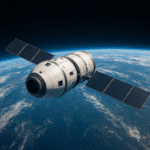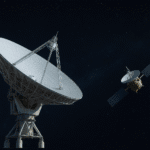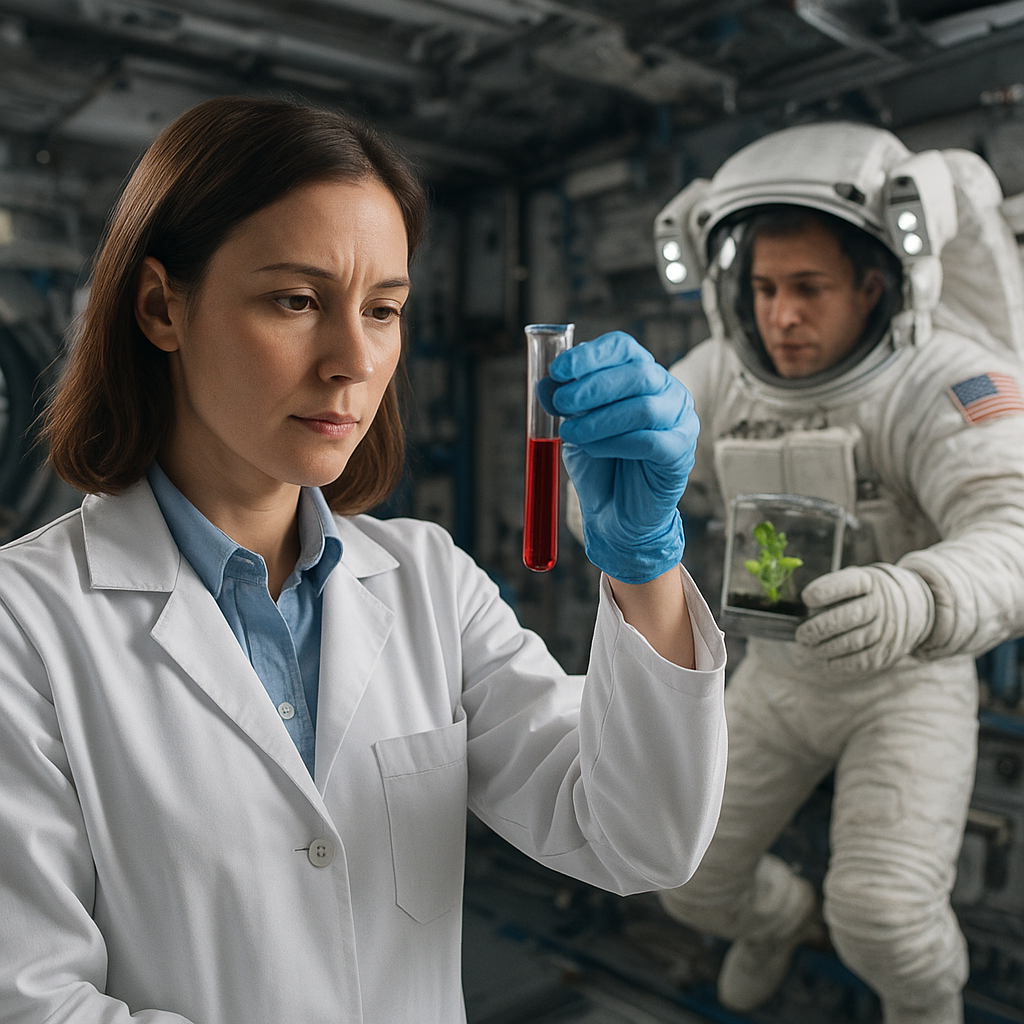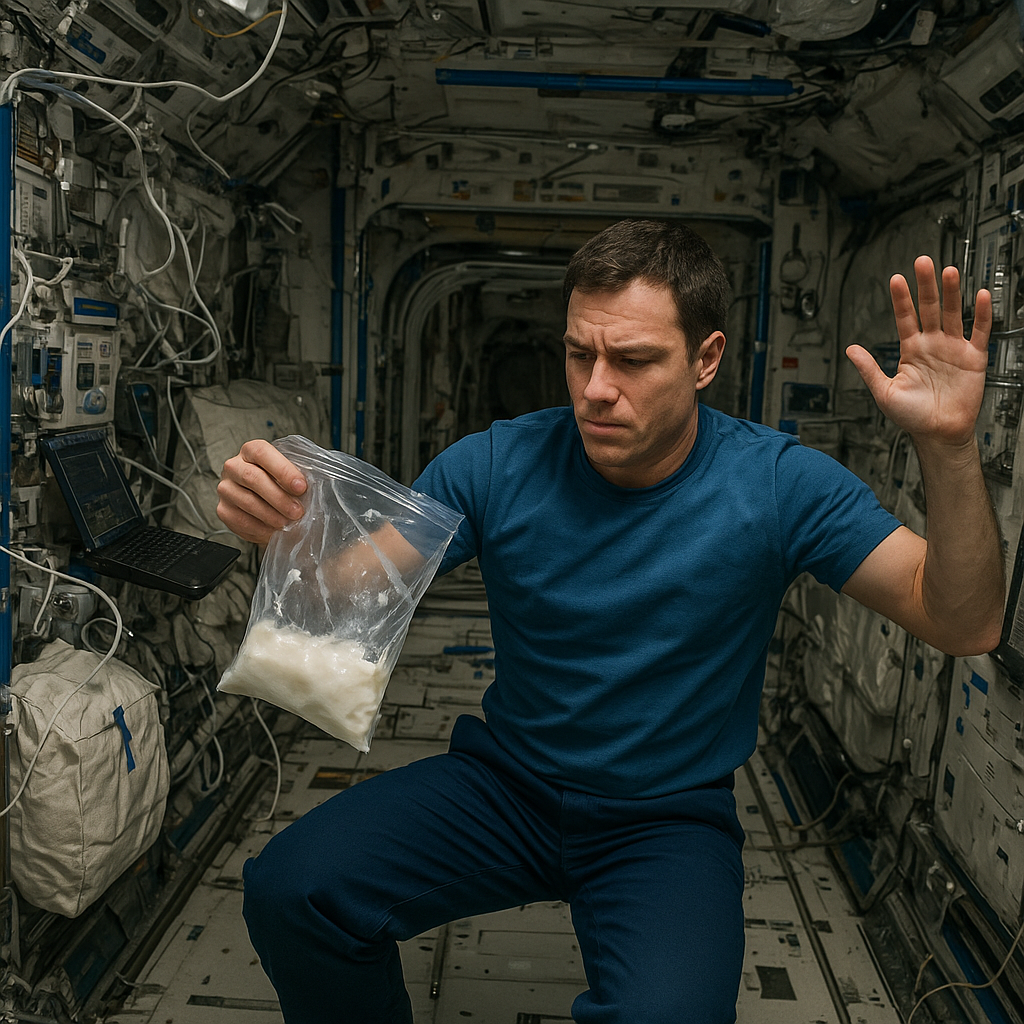Exploring the unique environment of space has unlocked a wealth of knowledge that directly impacts human health on Earth. Research conducted under microgravity conditions aboard the International Space Station has advanced our understanding of biological systems, leading to breakthroughs in drug design, tissue engineering, and medical devices. By eliminating the dominating force of gravity, scientists can observe physical and cellular phenomena that remain hidden under terrestrial conditions, paving the way for innovative therapies and diagnostic tools.
Understanding the Microgravity Environment
Microgravity refers to the near-weightless condition experienced by objects in orbit. In this setting, buoyancy‐driven convection ceases, sedimentation is negligible, and fluids adopt spherical shapes. Such an environment offers a pristine laboratory for observing processes governed by molecular interactions rather than gravitational forces. Key factors that distinguish microgravity research include:
- Uniform Growth: Without gravity-induced settling, crystals and cells grow in three‐dimensional arrangements, revealing structures with unprecedented clarity.
- Enhanced Diffusion: Molecules and nutrients rely on diffusion alone, creating concentration gradients that mimic certain in vivo conditions more closely than static cultures on Earth.
- Reduced Shear Stress: Bioreactors in space can culture cells under gentler flow conditions, allowing delicate tissues to form without damage.
These characteristics have inspired new protocols for 3D cell cultures, advanced lab-on-a-chip devices, and refined models of disease progression.
Revolutionizing Protein Crystallization
Protein structure determination is crucial for rational drug discovery. On Earth, gravity-driven convection often creates defects in growing crystals, limiting resolution. In microgravity, crystal nuclei develop more uniformly, reducing lattice imperfections. Results include:
- Highly ordered lattices that diffract X-rays at higher resolution.
- Revelation of active sites and allosteric pockets previously obscured by disorder.
- Acceleration of lead compound design by providing detailed molecular blueprints.
Space-grown crystals of enzymes related to cancer, viral infections, and metabolic disorders have guided pharmaceutical companies toward more potent and selective inhibitors. For instance, microgravity‐enhanced crystals of viral proteases have informed the design of antiviral therapies with improved binding affinity.
Insights into Cell Behavior and Tissue Engineering
Cells cultured in microgravity exhibit unique patterns of tissue engineering and stem cell differentiation. The absence of gravity-driven forces allows cells to organize into three-dimensional aggregates that resemble mini‐organs, or organoids, with greater functional fidelity than two‐dimensional monolayers. Notable achievements include:
- Formation of cardiac spheroids that beat synchronously and respond to pharmaceutical agents as mature heart tissue would.
- Enhanced osteoblast activity and mineralization, providing a model to study osteoporosis and bone regeneration.
- Development of neuronal networks with intricate synaptic connections, offering insights into neurodegenerative diseases.
These advances rely on underlined tools like cell differentiation protocols and bone matrix scaffolds optimized for space experimentation. By translating these findings back to Earth, researchers have improved bioreactor designs for large-scale tissue production and refined protocols for regenerative medicine.
Advancements in Drug Delivery and Formulation
The behavior of emulsions, suspensions, and polymer matrices changes significantly in a microgravity setting. Formulating drug carriers under these conditions has led to novel biomaterials and more predictable controlled-release systems. Highlights include:
- Development of uniform lipid nanoparticles with consistent size distributions, improving vaccine delivery platforms.
- Optimization of hydrogel beads for sustained release of chemotherapeutic agents, reducing dosing frequency and systemic toxicity.
- Innovative microencapsulation techniques that protect fragile biologics from degradation.
These space-derived technologies are now being tested in clinical trials, offering hope for more effective treatments of chronic conditions.
Emerging Diagnostic Tools and Telemedicine
Research in microgravity has also driven miniaturization and automation of diagnostic assays. Instruments designed for remote operation in space translate into portable, point-of-care devices on Earth. Benefits include:
- Compact PCR systems for rapid detection of infectious pathogens in field hospitals.
- Wearable biosensors that monitor physiological parameters in real time.
- Automated cell counters and flow cytometers requiring minimal operator intervention.
The integration of these tools with telemedicine networks has improved healthcare access in rural and underserved regions, demonstrating the far-reaching impact of space-based innovation.
Future Prospects and Collaborative Endeavors
As space agencies and private enterprises plan missions to the Moon, Mars, and beyond, research platforms will expand to include lunar orbiters and deep-space habitats. These environments will sustain longer experiments, enabling studies on aging, radiation effects, and multi-generational cellular dynamics. International collaboration on microgravity science has already fostered open-source data sharing and joint funding initiatives, accelerating progress in multiple disciplines.
By continuing to leverage the synergy between space exploration and biomedical research, humanity stands to gain revolutionary therapies, diagnostics, and preventive strategies. The frontier of microgravity science remains one of the most promising avenues for improving health and well-being on our planet.










